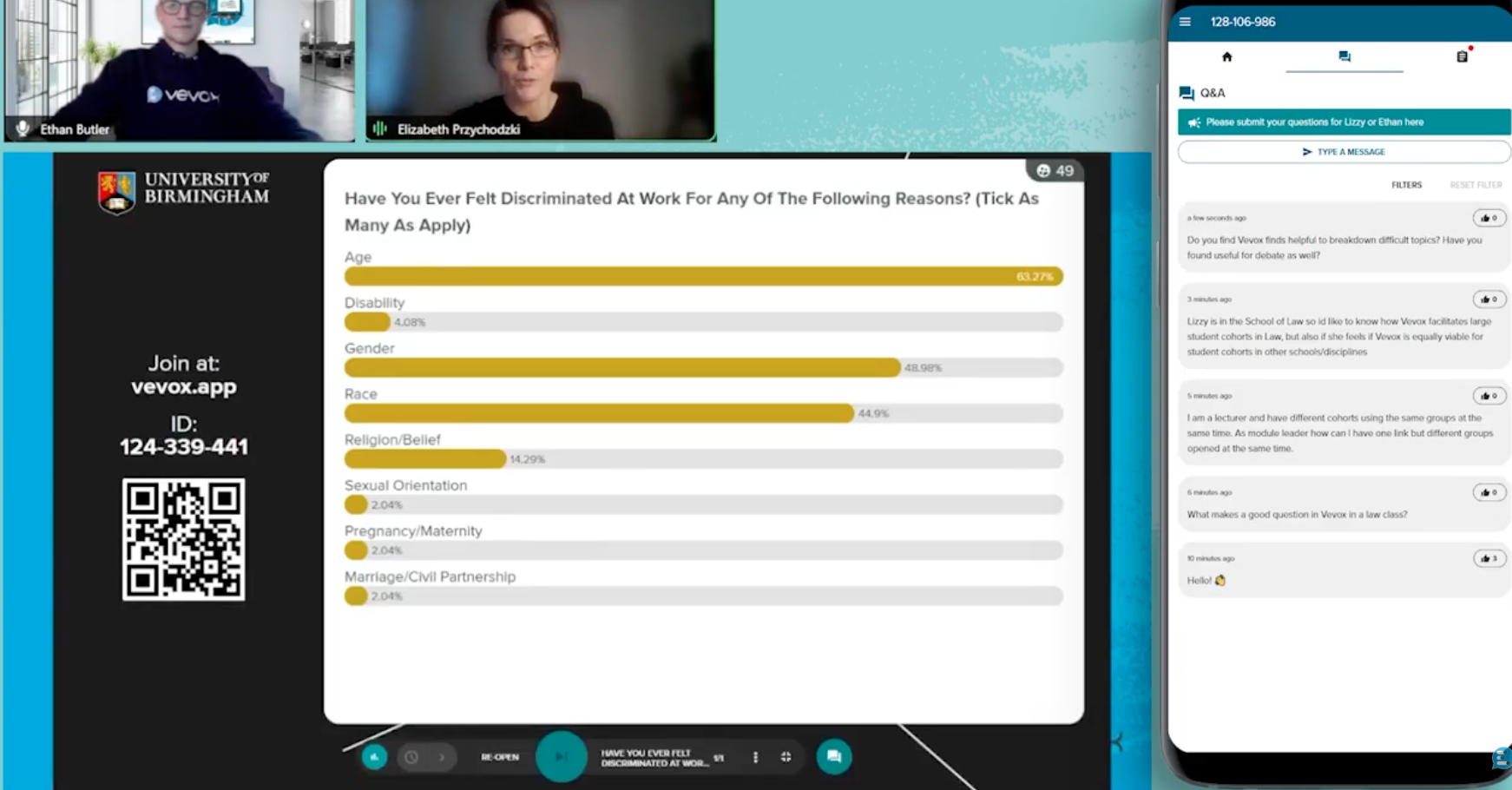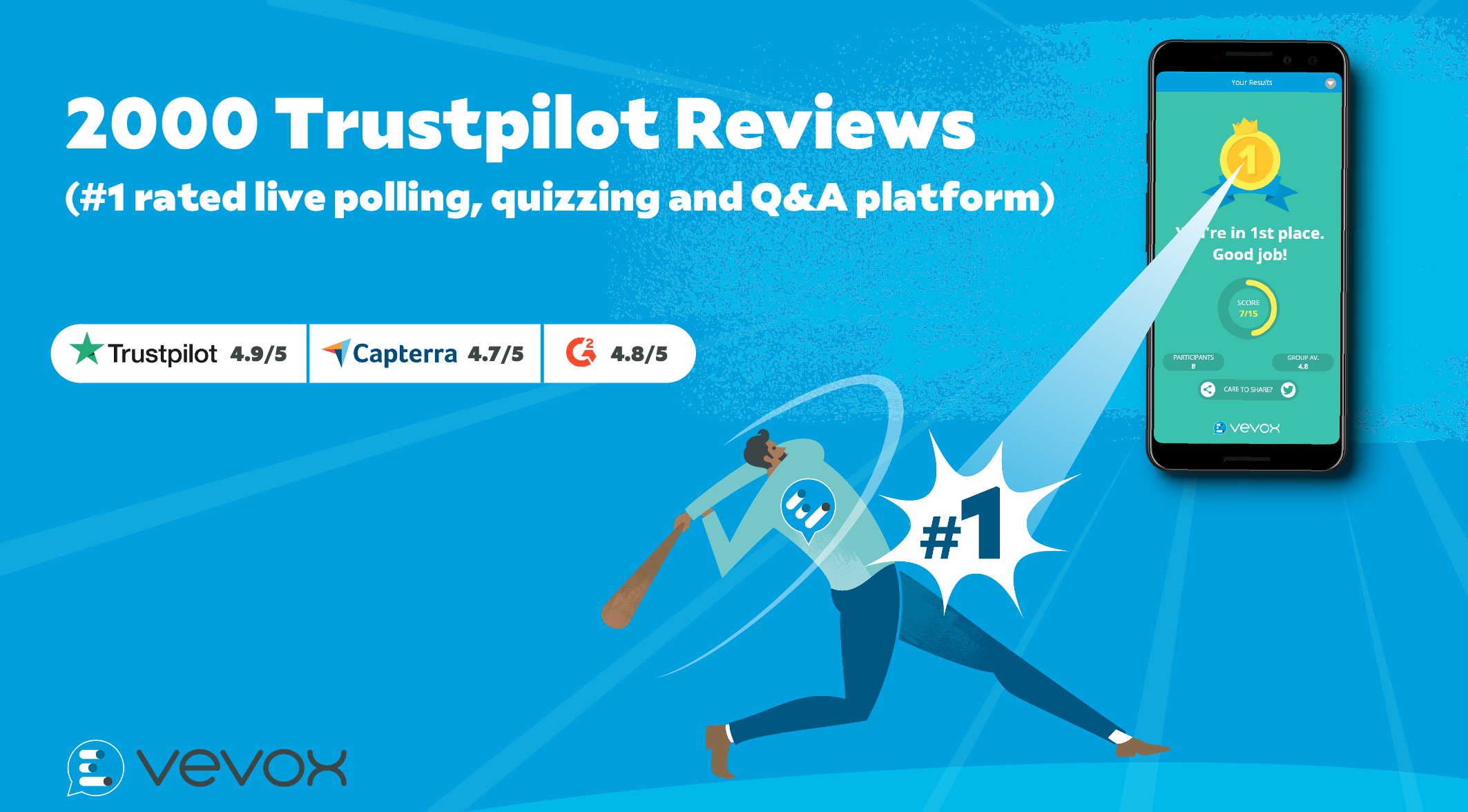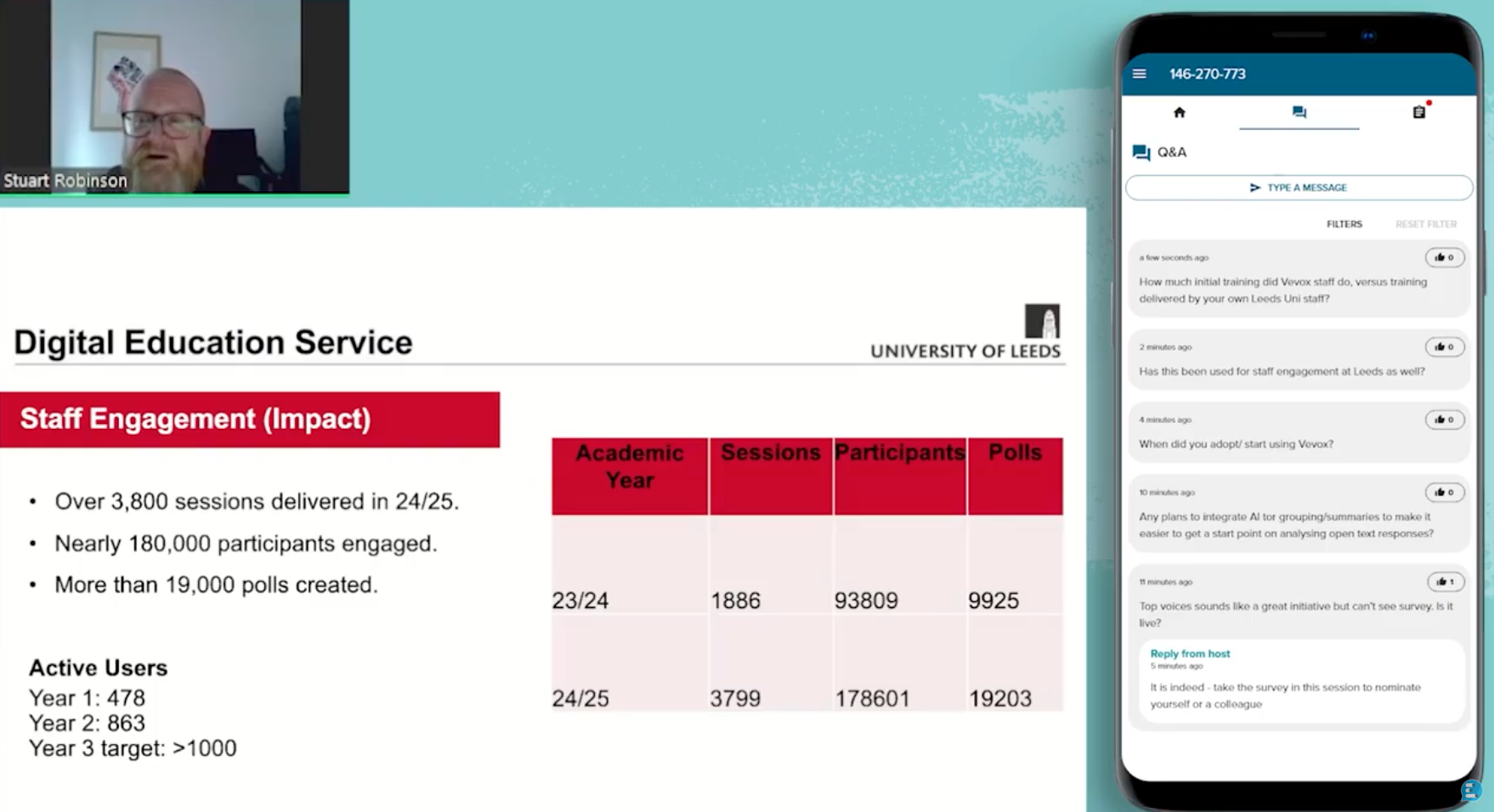A happy workforce is generally a productive workforce and with the current focus on employee engagement at an all time high, Pulse Surveys are currently a favourite method for gathering employee feedback.
Pulse Surveys are distinct from other surveys in that they are designed to be short, focussed and conducted monthly or even weekly. However, just because they’re short this doesn’t mean they do not deserve the same amount of careful planning as any other internal communications activity. In this blog we cover the 5 things you need to consider for your Pulse Surveys to be a success.
Have a strategy – Just because Pulse Surveys are on-trend doesn’t make this a valid enough reason for you to jump on the band wagon, you need a definite plan to avoid an internal comms fail. Think about what you want to find out from your employees - as pulse surveys are short you've not got long, so make your questions count. Think about what trends you might see over time if you repeat the same question(s) and what the answers might tell you. Measure changes in your organisation and compare to pulse survey results to understand if your goals have been met or if your initiatives are resonating. Think about what action(s) you will take if you see that your initiatives are, or are not working.
Ask the right questions - A pulse survey should be short and sweet, literally enough to check the pulse. The nature of Pulse surveys is that they are repeated with relative frequency, so consider repeating some of the same questions each time but don't send a carbon copy or you'll start to see response rates fall and engagement waver. Don’t forget to include some relevant topical questions as things change in your organisation. Also think about the response scale that you use; Intersperse rating question types (Vevox has a marvellous star rating question type) with multiple choice questions to keep respondents engaged. Bear in mind the language you use also sets the tone, inject a little humour or light hearted-ness if it’s appropriate.
Promote and communicate - Use every available and appropriate channel to communicate the purpose and the importance of your pulse survey. Put notices up in the hallways or communal areas, email to remote attendees (consider other languages or even separate versions for different territories) display reminders on TV screens and raise the profile in stand-up or one to one meetings. There's the famous saying 'if you don't ask, you don't get', so ask your staff and let them know that this opportunity to provide feedback exists.
Publish the results - It might not be necessary to publish the results of every pulse survey but periodically it is good to show that completing these surveys serves a purpose and that the company and therefore the employees benefit from this info. As Culture Amp CEO Didier Elzinga says, “The most typical reason people don’t want to fill out your survey is because you haven’t done anything since the last one.” If you’re going to use pulse surveys regularly be ready to be accountable and take action.
Keep answers anonymous - Surely this goes without saying but you're only going to get real and honest feedback if you're protecting your staff's identity. There really is no point soliciting feedback if you're leaving employees open to the fear of retribution and judgement. Vevox offers true anonymity for all its features, including surveys.
As a final note, commit to your intention. If you want to understand your workforce and see positive change then you have to embrace it and take action based on the feedback that you gather. Make sure you communicate your findings with your employees, tell them and more importantly show them they have been heard.
Vevox is the perfect tool for conducting your own pulse survey, find out more about Vevox's features.

5 steps to make your Pulse Surveys a success
Internal Comms




